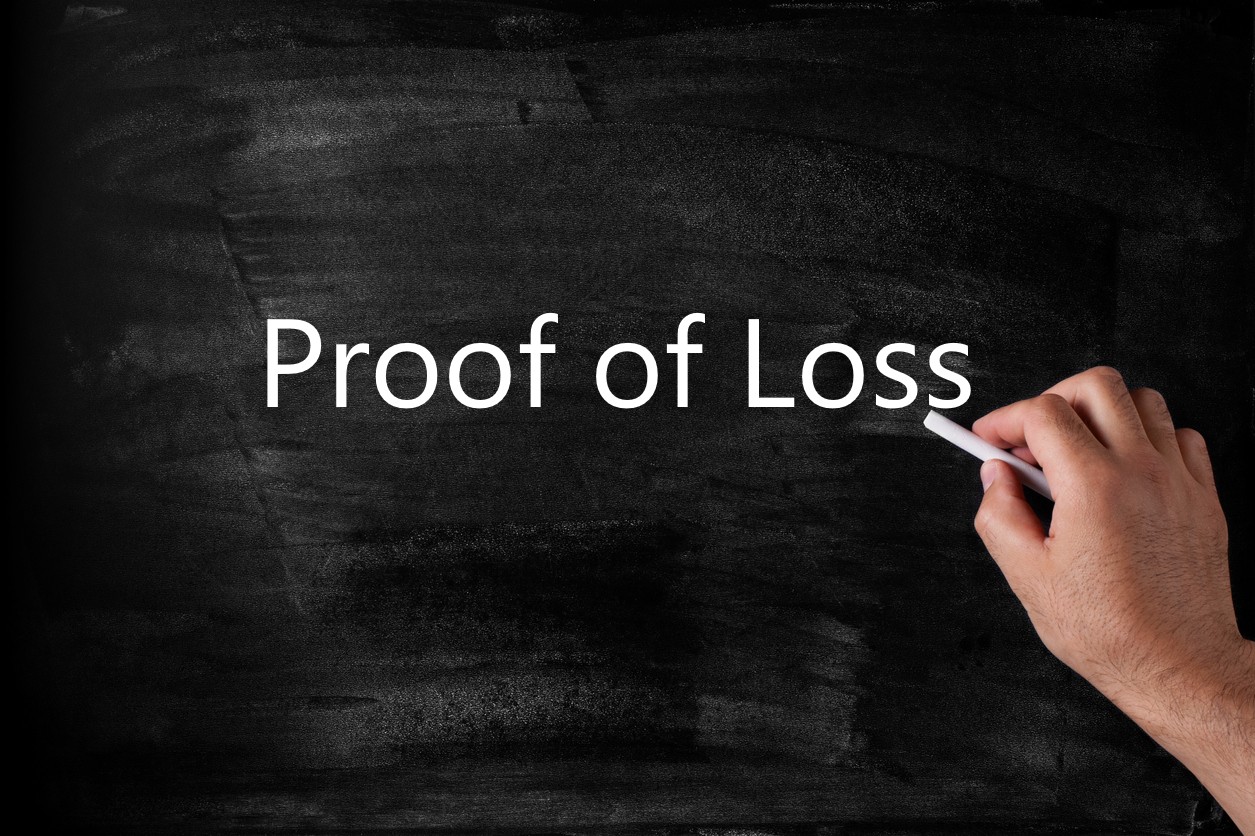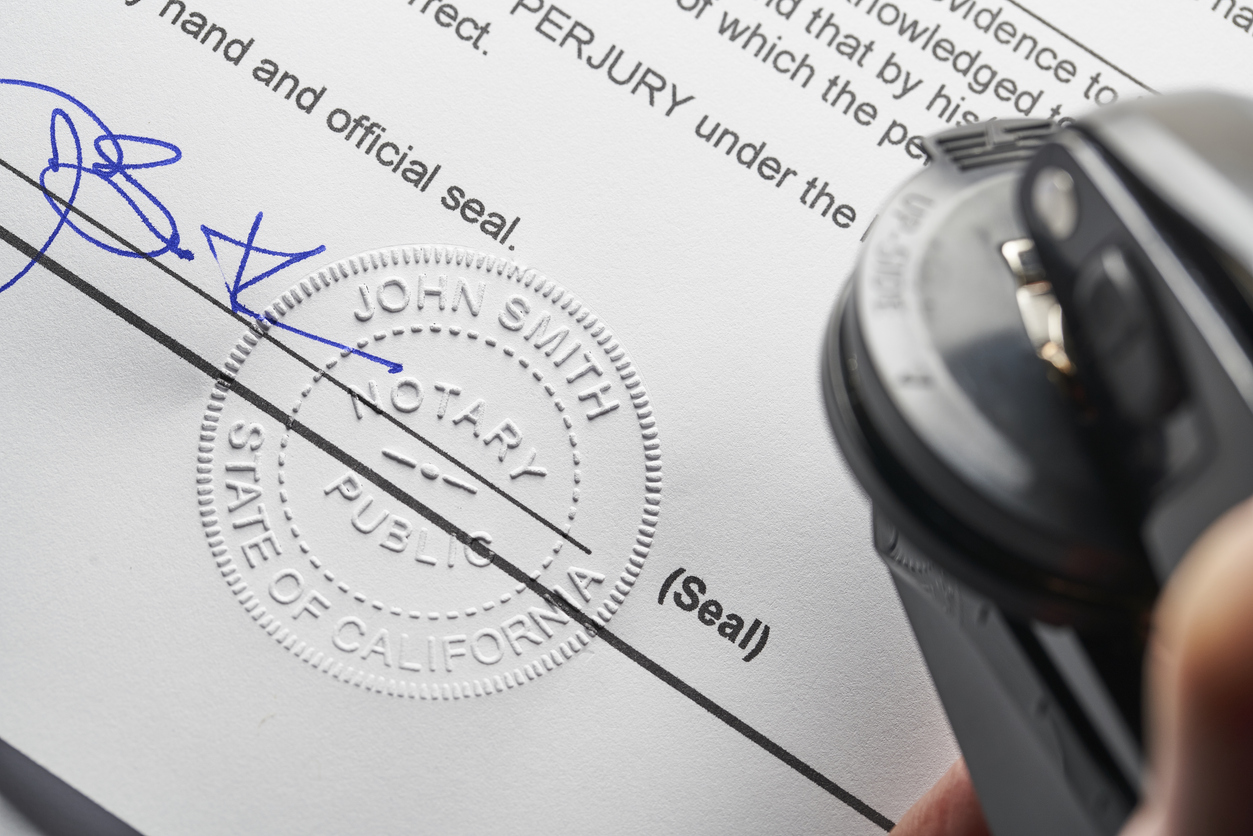This is a continuation of my guest blog, which shares the stories of public insurance adjusters. Today, I am writing about the role of the public adjuster and contents inventory forms. I would like this to be a discussion about best practices shared by those who assist policyholders with their personal property losses.
On the scale of different insurance coverages, personal property losses sound and look a lot less complicated than many others, but the claim should be handled with expert care. In speaking with several public adjusters on this topic over the past few weeks, I think we are seeing trends in the field where the carriers are providing less support to clients who need to submit contents forms and increased pressure on the insureds to quickly file a perfect contents claim.
In most residential insurance policies, coverage is provided for personal property in the event of a covered loss. In the industry, this is commonly called a contents claim or a coverage “c” claim (State Farm labels it as a coverage “d” claim). The policyholder who suffered a total fire loss, however, is calling the contents claim, the “everything I owned and cherished is gone” claim. When someone has personal property that is damaged, it is a very emotional and difficult loss. These are very personal belongings, the part of your life you move with you from house to house, the items that hold memories and items you picked with care or inherited with pride. Almost all of my clients have a difficult time when they have to talk or think about such items lost in a devastating fire or total loss. Many times, the clients are still emotional several months after the actual loss when discussing the details. Sometimes, I have been with a client who is telling me a story about an item they lost and suddenly sadness overwhelms them; the insured remembers something else they lost that they had forgotten about until just that moment. When this happens, the client must try to recall whether the baby’s christening dress or grandma’s handmade quilt was on “the list.” Adjusters in the field have explained to me that even the most through investigations and documentation of a claim will often inadvertently omit items lost by an insured. Adjusters have explained to me that, for years after a loss, clients will think of additional things which were not listed. Because of the nature of these claims, it is best to have an experienced person help you fill out the list.
The List
The list matters. The list must include several columns of information where each and every item damaged or destroyed is noted. However, when handed to insureds who just learned their home is charred, the form is now another overwhelming and daunting task to be completed in a time of tragedy. The format of the contents inventory may not have to be submitted on the form supplied by the insurance company, so long as there is no policy provision or statute making it a requirement. Also, the inventory can be submitted with documents supporting the lost or damaged items, which can help answer questions before the insurance company even asks.
After a devastating loss, the insured is required to fill out the form in order to submit the claim, but many times the form comes without a letter explaining how to complete it or giving guidance on how important the form is to the claim. If instructions were not provided, I ask clients if the insurance company verbally explained how to use the form; the answer is almost always NO. Many times, I hear something like… “the insurance company provided me just one form to list all the things I lost,” or “the form only has room for thirty items and they told me to make copies of the blank form if I need to list more.” I am sure many public adjusters have heard this time and time again. Maybe you are wondering like I am, how in the world is an insured, who just suffered a major loss and can’t find the photos from the wedding or the birth certificates for their children, supposed to put their life on a 81/2 x 11 sheet of paper? The answer to this question? –HIRE A PROFESSIONAL.
If you have a claim and you are attempting to fill out the form alone, hiring a professional could really help. Professionals know being charged with the task of helping a client with an inventory is not an easy task. It is one that I think public adjusters need to take on with the clients’ full support, cooperation and devotion. The highest amount of care needs to be used for several reasons.
Here is the list of best practices which have been shared so far:
- Explain to the client what the insurance company needs and why it is important to be accurate in the contents inventory. (Red flags on an inventory can delay or deny claims)
- Be truthful, accurate and detailed.
- When in doubt, leave it out- not sure if you lost the item during the event or lost the item years ago, leave the item off the list.
- Hire a contents inventory company, experts often use other experts.
- Help the client list the damaged items one room at time, one section at a time. Don’t forget the closets.
- Use a computer program to detail the items damaged or destroyed, the find function is a simple short-cut tool that can be used to make sure items are not duplicated.
- Have an independent person review for duplication or black boxes.
- When listing an item, describe it as completely as possible the first time it is discussed. Take pictures. Look for model numbers on items still available. Document your file with information used to fill out the form.
- Get the story behind the item and learn all the details about it, the purchase and significance.
- Find out the owner of each item, who uses the item, and where it is usually stored.
- Ask questions if an item is listed as damaged or the item does not belong in that area of the house. The insurance company is going to ask about the items, the PA should know the answer too. When there is a reasonable explanation for something that appears odd, advising the insurance company ahead of time may help. For example, informing the insurer the clients’ daughter just got married and all the centerpieces and chairs from the reception were in the garage at the time of the loss can explain the massive numbers of vases, chairs, ribbons and bows.
- Make notes about extra details the insureds provide. This information may come in handy years later when memories fade.
- Make sure the client feels comfortable speaking with you in detail about the personal belongings. Sometimes people (especially during a loss) feel vulnerable and as if everyone is judging them. Make sure the client knows the list must be accurate and reflect the loss even if that means you have to list items you may not want to admit were owned. If your mattress was 25 years old, admit your mattress was 25 years old.
- Explain to the client what happens if the contents inventory does not accurately reflect the items in the loss. (Have them contact a first-party Plaintiffs’ insurance lawyer if they need help questions about submission. These matters are often easier for the lawyer if the information is provided early and often.)
Have more to add? I would love to hear from you. Please post a comment or send me your thoughts on other best practices for helping clients get full and prompt contents loss payments where inventories are submitted.



